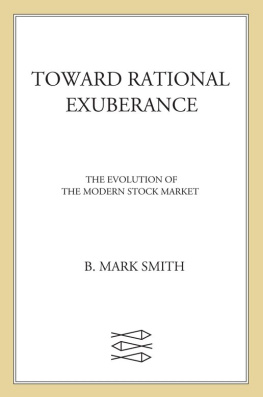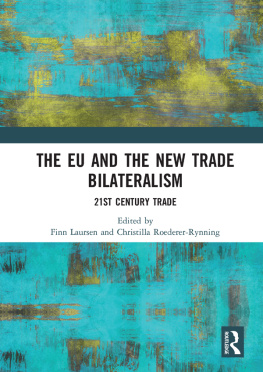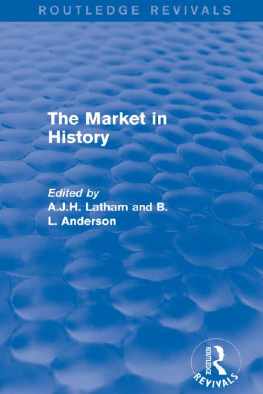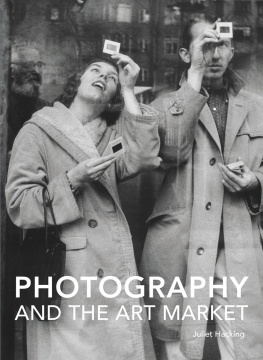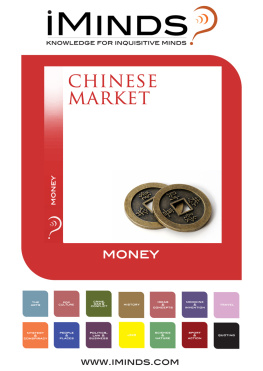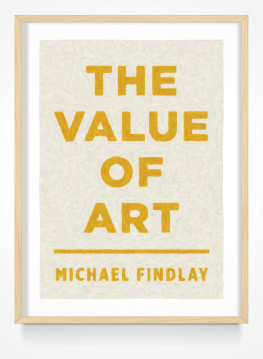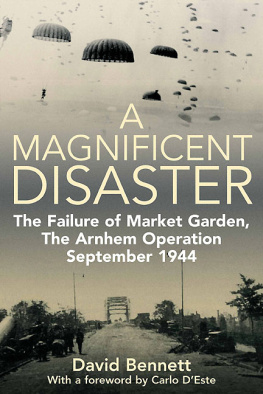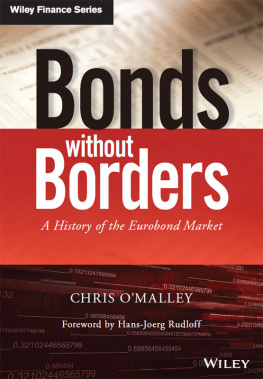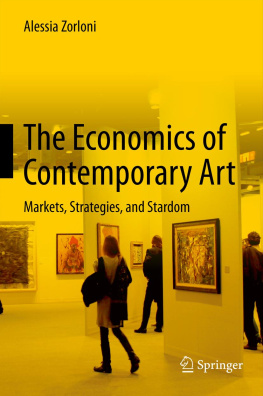BIG BUCKS
BIG BUCKS
The Explosion of the Art Market in the Twenty-First Century
Georgina Adam
LUND HUMPHRIES
First published in 2014 by
Lund Humphries
Wey Court East, Union Road, Farnham
Surrey GU 9 7 PT
UK
and
Suite 31,
110 Cherry Street
Burlington VY 054013818
US
www.lundhumphries.com
Lund Humphries is part of Ashgate Publishing
Georgina Adam 2014
ISBN Paperback: 978-1-84822-138-3
ISBN eBook (PDF): 978-1-84822-159-8
ISBN eBook (ePUB): 978-1-84822-158-1
A Cataloguing-in-Publication record for this book is available from the British Library.
Library of Congress Cataloging-in-Publication Data: 2014001071
Adam, Georgina.
Big bucks : the explosion of the art market in the 21st century / by Georgina Adam.
pages cm
Includes bibliographical references and index.
ISBN 978-1-84822-138-3 (pbk. : alk. paper) 1. Art--Economic aspects--History-- 21st century. 2. Art--Marketing--History--21st century. I. Title.
N8600.A33 2014
381.457--dc23
2014001071
All rights reserved. No part of this publication may be reproduced, stored in a retrieval system or transmitted in any form or by any means, electrical, mechanical or otherwise, without first seeking the permission of the copyright owners and publishers. Every effort has been made to seek permission to reproduce the images in this book. Any omissions are entirely unintentional, and details should be addressed to the publishers.
Georgina Adam has asserted her right under the Copyright, Designs and Patents Act, 1988 to be identified as the Author of this Work.
Designed by Crow Books
Printed and bound in Italy by L.E.G.O. S.p.A., Lavis (TN)
For my husband, Christopher
INTRODUCTION
Soon after I had started writing this book, a senior figure in an auction house said to me: What I really want to know is how a 1960s Warhol, such as a Liz, can go from selling for $2 million in 1999 to $24 million in 2007 in just eight years!
Since then, Silver Car Crash (Double Disaster), 1963, one of Andy Warhols highly sought-after Disaster series, has set a new world record for the artist, making a stunning $105.4 million at Christies New York in November 2013. It was just one of a number of new price highs set in 201213 that demonstrate just how decisively the market for modern and contemporary art, at the top end, shrugged off the effects of the 20089 financial crisis and powered back to reach heights that eclipse even the 2007 season, the peak of the previous art market boom. Indeed, 2013 stood out in art-market history as its highest grossing, ever, for sales of fine art at auction.
This book is an attempt to answer that question: to show how the whole art trade has profoundly changed in this century and how it is still evolving.
The total value of the art market, including all categories, was estimated at $65.7 billion in 2013, a figure which comprises both dealer and auction sales; it has grown by 154 per cent since 2003.
The ascendency of contemporary art, which now completely dominates the market, is the most notable of these changes. Between 2004 and 2012 this market grew by 564 per cent in value far eclipsing the previous traditional heavyweight category of Impressionist and modern art. This is partly due to the lack of supply there is a diminishing inventory in all other sectors but is also due to the changing profile of collectors; an overlap between the worlds of art, fashion, luxury and celebrity; the impact of emerging economies; and the sharply increased interest in art as an investment. It also reflects changes in the wider world, notably the nature and polarisation of wealth, and the impact of globalisation and the internet.
Contributing substantially to growing this market have been the new players. Foremost are art fairs, which have burgeoned across the world to an extraordinary degree. The internet has zipped information on art, artists, exhibitions and events around the world, provides a new selling platform for art and reaches a far younger demographic than the old market ever could.
Superstar curators and art advisors have played a major role in determining artists credibility and their validation in both the not-for-profit and for-profit fields, and indeed the permeability between the two as curators move from the public to private sectors is increasing. Public museums, once standing aloof from the market, are increasingly involved with this new world. Even the most traditional ones now show contemporary art or commission artists interventions so as to be inclusive and remain relevant to their time.
The fashion for private museums, the billionaires must have in the twenty-first century, has triggered and accelerated demand for high-impact works by brand-name artists. Apart from those in China, where some also feature traditional art, these private spaces overwhelmingly exhibit contemporary art further boosting the fame and fortunes of living artists.
The art market is a large mansion with many rooms, and contemporary art is just one of them and even within that room there are enormous variations. The present winner takes all scenario concerns just a small number of living and recently dead artists, whose work is chased by a growing pool of ultra-wealthy buyers, anxious to acquire the trophy works that will give them incontestable bragging rights. And the higher the price the better in this billionaires playground. In many cases we are not even talking about art anymore. The production, indeed overproduction, of some living artists puts their work squarely into the category of luxury goods. Some of these changes in the art market have an echo in the fashion industry, which moved from a personal, artisan-led trade in the 1970s to the corporate, branded behemoth companies we see today.
This is the world I look at in the following pages. It is only a partial view of the art market, the one that is most visible and in the news this century. Indeed, the picture of a totally booming market for modern and contemporary art should be nuanced the strong top end disguises a weaker situation further down the scale, particularly among mid-market galleries, who are classically squeezed between the big operations and the smaller, lighter emerging dealers. This scenario is still being played out, with the mid-market galleries the most under threat. I shall come back to this in .
I have been helped by so many people when writing this book that it would be impossible to name them all. Some are quoted by name, many others did not want to be identified. I extend my heartfelt thanks to them all. I would particularly like to thank my colleagues at The Art Newspaper for their unfailing support and unquenchable good humour over many years. My thanks also go to my commissioning editor Lucy Myers of Lund Humphries for excellent suggestions as to structure, and to Howard Watson for his eagle-eyed copy-editing. Any mistakes are, of course, entirely my own.
Finally, thanks to my husband Christopher, for his constant belief in me, and to my children Sacha, Olivier, Benjamin and their wives for sharing me with the art market.
NOTES
Currencies. When a price conversion is necessary for comparative purposes, the historic converter tool at oanda.com has been used unless a conversion at the time of sale was already provided by the saleroom or dealer.
Auction prices. Auction houses publish pre-sale estimates, both for individual works of art and for the final results of the sale, without taking into account the buyers premium. This varies from 12.5 per cent to 25 per cent depending on the hammer price, and depending on the auction house. (As of December 2013, Christies and Sothebys charged 25 per cent on works up to $100,000, 20 per cent on works between $100,001 and $2 million, and 12.5 per cent thereafter.) These fees must be added to the final hammer price. In this book, prices with premium are given unless otherwise indicated.
Next page


